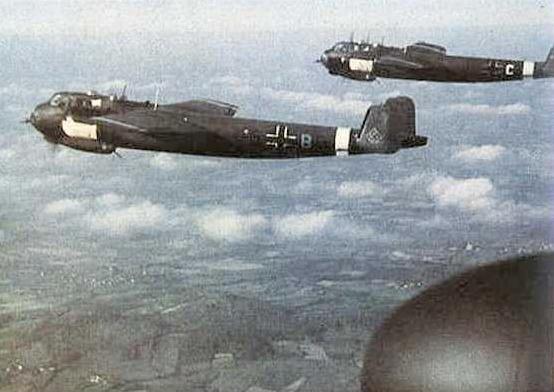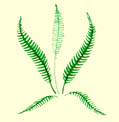The Fernhurst Society
The Fernhurst Dornier
Researched and written by Ralph Lines on behalf of the Fernhurst Archives who kindly supplied the bulk of the material.
The photographs are the property of the author and may be used in subsequent work with his written permission.
Fernhurst, West Sussex, April 2007.
Acknowledgements:
Middleton Press of Easebourne Lane, Midhurst, Wests Sussex, GU29 9AZ,
for their permission to reproduce the text and photographs from
“Bombers over Sussex 1943-1945” by Pat Burgess and Andy Saunders; and to local press for permission to reproduce newspaper articles.
(some information on these pages are files in Adobe pdf ![]() format: to read these you may need to download the free
Adobe Acrobat PDF viewer).
format: to read these you may need to download the free
Adobe Acrobat PDF viewer).
Introduction | The Crash 1943 | The First Dig 1989 | The Second Dig 2005

Dornier 217E Bomber circa 1943
Introduction
7/8 MARCH 1943:
Dornier 217E code U5 + EH was one of six aircraft that took off from their base at Gilze-Rijen in Holland to join thirty one others that had taken off from forward bases in France to attack the Royal Navy fleet of large ships which the German authorities believed was anchored at Southampton Docks. The bomber force intended to make landfall at Selsey Bill, curve round the North of Portsmouth and Southampton and make their bombing run over Southampton from the North-West to the South-East. In the event the entire raid seems to have gone wrong from the German point of view. The winds were far stronger than they had calculated and the force was scattered over Hampshire and West Sussex. When the attack did finally take place the majority of the bombs fell in rural areas well away from the Docks.
Dornier U5 + EH, captained by Feldwebel Gunter Vestewig, was intercepted by a Beaufighter night fighter from 29 Squadron based at West Malling in Kent and shot down over Fernhurst crashing in Reekes Wood. Prior to the crash, the Captain and the Navigator Gerhard Polzin baled out as did the Radio Operator Hans Witkopp. Unfortunately for him the R/O omitted to don his parachute prior to exit from the aircraft and fell to his death. His body was recovered later near the scene of the crash. The body of the Gunner/Flight Engineer Franz Huske was not discovered and it was presumed, correctly, that his remains were buried in the crashed aircraft. The Dornier hit the ground vertically at high speed and was buried in the soft clay soil in dense woodland. Except for the initial examination of the wreck it lay undisturbed for many years visited only by aviation historians to view the artefacts remaining on the surface.
Not until 1989 was any attempt made to recover the aircraft and its bomb load which consisted of two 500kg and five 50 kg bombs. This discovery has been recognised as the largest cache of WW2 bombs ever to have been discovered in the UK. With the assistance of my late brother in law, Jim West who loaned a JCB together with a driver, Mr Joe Slade, the Royal Air Force Explosives Ordnance Disposal team from RAF Wittering near Peterborough and led by Warrant Officer “Doc” Knight removed the bombs and made them safe before transporting them through the village to a field on Dawes Farm then owned by the late John Marriner. The bomb disposal team required a field that was convex in profile and surrounded by trees to minimise the effects of a premature explosion when working on the bombs. Here each one was defused and trepanned – a circular hole being cut in each bomb casing – and the explosive steamed out. Some 3000 gallons of water were used in this procedure. On completion one of the 500kg bombs was cleaned and painted and mounted in the front garden of the village police house. Its subsequent disappearance remains a mystery to this day. One of the aircraft’s BMW radial engines was recovered and given to the Tangmere Aviation Museum.
It was decided in 2005 that a further dig should take place in the June and remove what remained of the Dornier to deter further souvenir hunters from disturbing the site and to recover if possible the remains of Flight Engineer Franz Huske. Approximately twenty feet down during the excavation he was discovered. Prayers were said at the site by the Reverend Tony Roake and the Coroner removed the remains to await an enquiry into the cause of death. Further digging revealed many items from the crashed bomber which were removed to Tangmere for cleaning and closer examination. When the dig was complete the site was levelled and allowed to return to Nature.
The Fernhurst Dornier
Introduction | The Crash 1943 | The First Dig 1989 | The Second Dig 2005
The Fernhurst Archives
Fernhurst History

